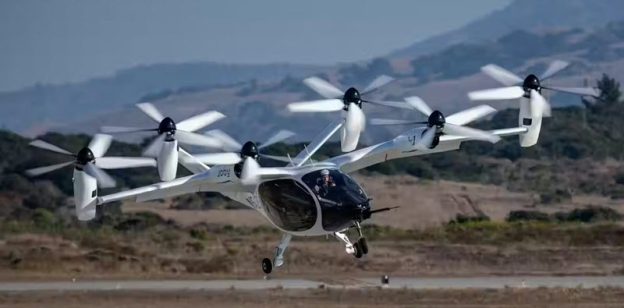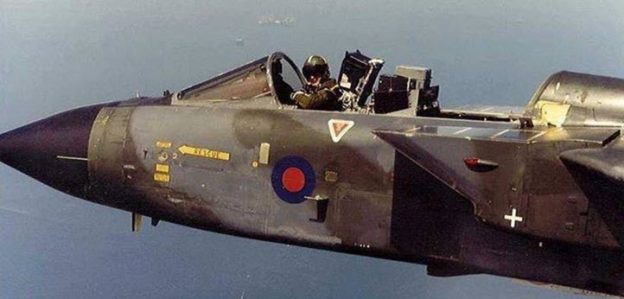Im Juni bekam Joby Aviation von der US-Luftfahrtbehörde FAA die Erlaubnis, nun hoben Piloten mit einem Vorserienmodell des Multikopters ab. Der kalifornische Flugtaxi-Entwickler Joby Aviation testet seinen elektrischen Multicopter erstmals mit Piloten an Bord. Die Testflüge mit einem Vorserienmodell fanden in der Pilotproduktionsanlage des Unternehmens in Marina statt, teilte das Unternehmen mit. Dabei sollen die Funktionen des Flugzeugs getestet werden, das vertikal starten und landen kann. oby entwickelt ein elektrisch betriebenes Flugzeug, das mit sechs schwenkbaren Propellern bestückt ist. Es soll sich mit maximal 320 km/h fortbewegen und dabei einen Piloten und vier Passagiere bis zu 240 km weit transportieren können. Dabei will Joby die in einem „Electric Aerial Ridesharing“ (EAR) selbst betreiben.
Erlaubnis im Juni
Die US-Luftfahrtbehörde FAA hatte Joby im Juni dieses Jahres die Erlaubnis für bemannte Flüge erteilt. Bisher testete das Unternehmen sein Flugzeug per Fernsteuerung vom Boden aus. Nun hätten bisher vier Testpiloten Flüge unternommen, erklärte Joby. Nach dem Start testeten sie demnach auch den Übergang in den Vorwärtsflug, wobei die Rotoren geschwenkt werden, Beschleunigung und Abbremsen bis zur vertikalen Landung.
Joby will in Dayton im US-Bundesstaat Ohio eine Fertigungsanlage errichten. Dort sollen jährlich bis zu 500 Flugzeuge produziert werden. Das EAR, den das Unternehmen damit betreiben will, soll 2025 in Dienst gehen. Dafür hat das Unternehmen nach eigenen Angaben vor Kurzem mit der Fluggesellschaft Delta Air Lines eine Kooperation geschlossen. Toyota hat als Hauptanteilseigner etwa insgesamt 400 Millionen US-Dollar in Joby gesteckt und liefert Komponenten, vor zweieinhalb Jahren beendete hingegen der Fahrdienstvermittler Uber die Zusammenarbeit mit dem Unternehmen. Quelle: ‚Heise.de‚ / Joby Aviation‚.



